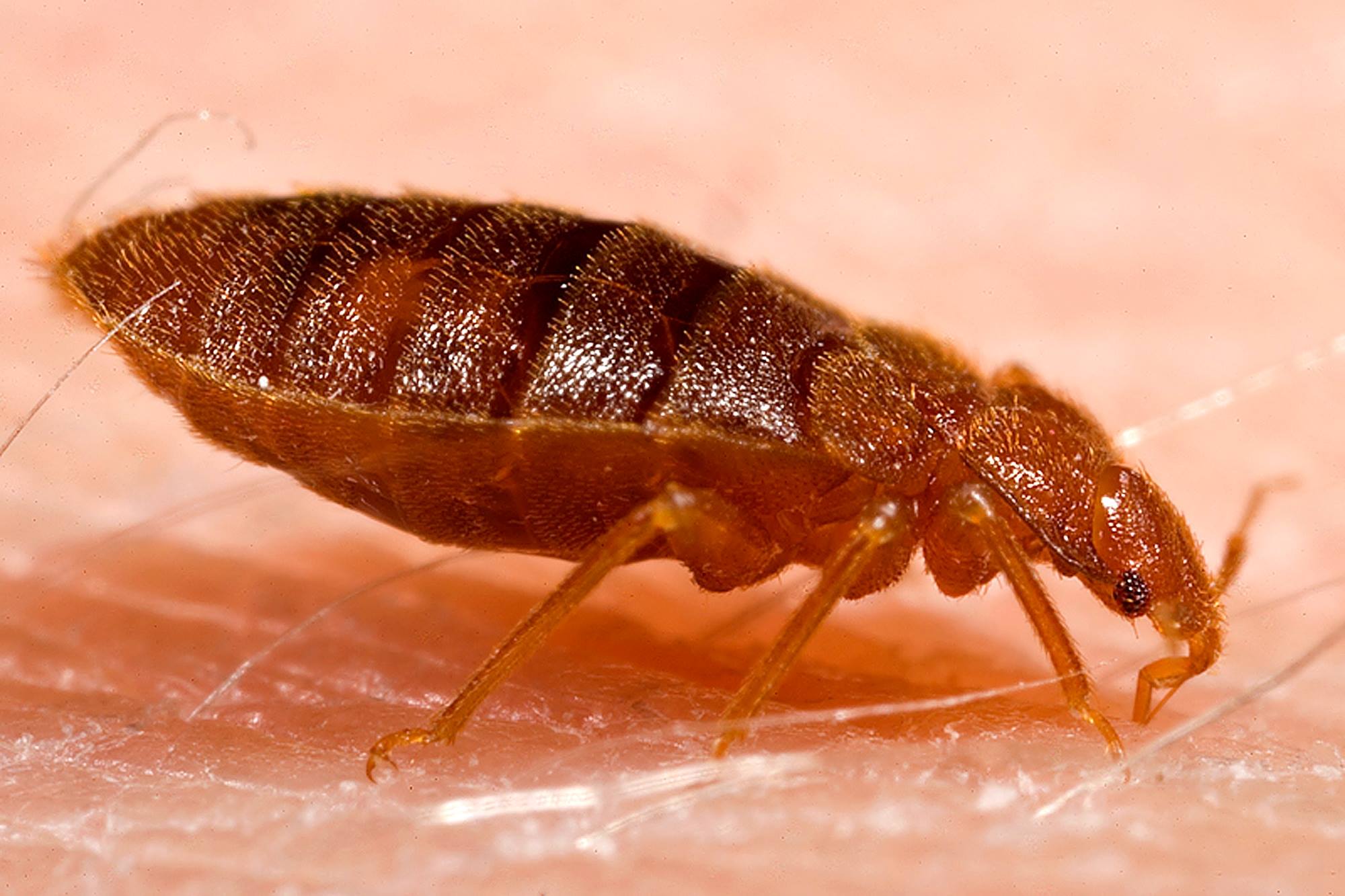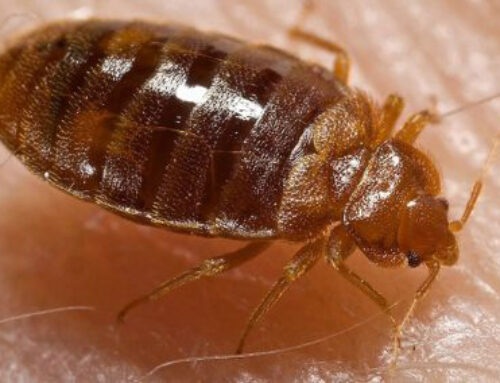While most people picture bed bugs in private residences, they’re really becoming more common in institutional settings like assisted living and nursing homes. These places are particularly prone to infections because they house vulnerable people, such as the elderly. Bed bugs in these settings need meticulous attention to prevention, detection, and treatment because of the substantial hazards they pose to both residents and personnel.

How Bed Bugs Spread in Care Facilities
In nursing homes and assisted living facilities, bed bugs may quickly spread via common areas, residents’ possessions, and the mobility of people working there and visiting. They may quickly infest a whole room since they ride on people’s clothes, furniture, and other personal belongings. The likelihood of a bed bug infestation increases in communal spaces where the pests have a chance to multiply undetected.
Health and Safety Risks for Residents
The itching, redness, and allergic responses caused by bed bugs pose a serious threat to the health of residents. Those who already have compromised immune systems or delicate skin are at a higher risk of developing serious illnesses from scratch bites. Bed bugs are especially dangerous for the elderly because they disrupt sleep and induce worry, which in turn exacerbates mental health issues like melancholy or dementia.
Identifying Bed Bug Infestations
The management of bed bug infestations in elderly care nursing homes relies on prompt detection. Knowing the symptoms of an infestation may help residents, employees, and their families stay safe. Some warning signals to look out for are:
- Bloodstains on bedding or furniture, typically caused by crushed bed bugs.
- Shed skins or eggs among the folds of sofas and bed frames.
- Unexplained bites or rashes, often found in clusters on the skin.
Because they feed at night, bed bugs may hide for a while; thus, constant care is required. Inspecting and monitoring on a frequent basis may prevent a minor issue from growing into a major infestation that is more difficult to treat.
Prevention Strategies for Nursing Homes and Assisted Living Facilities
Being proactive is key when it comes to preventing bed bug infestations. Staff members should be educated to recognize the symptoms of bed bugs and room inspections should be done regularly to detect infestations early. The only way to stop problems from becoming worse is to disclose them quickly and respond quickly.
Also necessary are cleaning and laundry procedures. The best way to get rid of bed bugs and their eggs is to wash your clothes, linens, and bedding often in hot water. To further lessen the likelihood of bed bugs making it into the facility, it is recommended to keep rooms tidy and to closely observe residents’ personal possessions.
Effective Treatment Options
It is critical to treat an infestation effectively once it has been identified. Mattress encasements and heat treatments are two non-chemical approaches that have shown to be beneficial. Bed bugs and their eggs may be killed by heating the room to a certain point. Mattress protectors keep bed bugs from getting in and out of your mattress while you sleep.
It may be essential to use chemical treatments for more serious situations. To make sure pesticides are used safely and effectively, it’s best to contact pest management services. In order to guarantee that treatments are both safe for residents and efficient in removing bed bugs, facilities must collaborate closely with exterminators.
Legal and Compliance Considerations
In order to handle pests, including bed bugs, nursing homes and assisted living institutions must follow state and municipal rules. Infestations must be addressed promptly by facilities in many jurisdictions. You risk losing face, paying penalties, and maybe going to court if you don’t.
Another important factor is resident rights. The right to a pest-free environment is a fundamental human right. Legal ramifications, including demands for damages, may befall an institution that disregards a bed insect infestation. In order to fulfill their legal and ethical responsibilities, institutions must handle infestations with utmost care.
What Families Can Do
It is important for families to know how a care facility handles pests when they are picking a place for a loved one to stay. Find out what the institution does to stop bed bugs and deal with infestations if they do. Members of the family should also be on the lookout for signs of bed bugs when they visit. The presence of visible bugs, rashes on the skin, or even tiny blood stains on bedding may all serve as warning signs of an infestation.
Families are kindly asked to notify the institution without delay in the event that they detect an infestation. To avoid the problem from becoming worse and to make sure the right treatment is given, it is important to address the issue promptly.
Ruthless and Silent: Battling Bed Bugs in Vulnerable Care Environments!
Careful observation, thorough education, and prompt action are necessary for the prevention and control of bed bug infestations in assisted living and nursing homes. In order to keep its residents safe and healthy, institutions should conduct routine inspections, use effective treatment procedures, and employ good pest control techniques. The responsibility of families in keeping an eye out for bed bug symptoms and acting swiftly when concerns arise is equally crucial. These institutions may reduce the likelihood of bed bug infestations and protect their patients from needless injury by taking early steps and committing to aged care.
Make sure your facility is safe and comfortable for everyone by eliminating bed bugs. You can rely on Bed Bug Assassin for professional pest control and the rapid, effective eradication of bed bugs. Providing solutions that are both safe and dependable is our team’s top priority. To safeguard your residents and guarantee a space free of bed bugs, contact us immediately!





